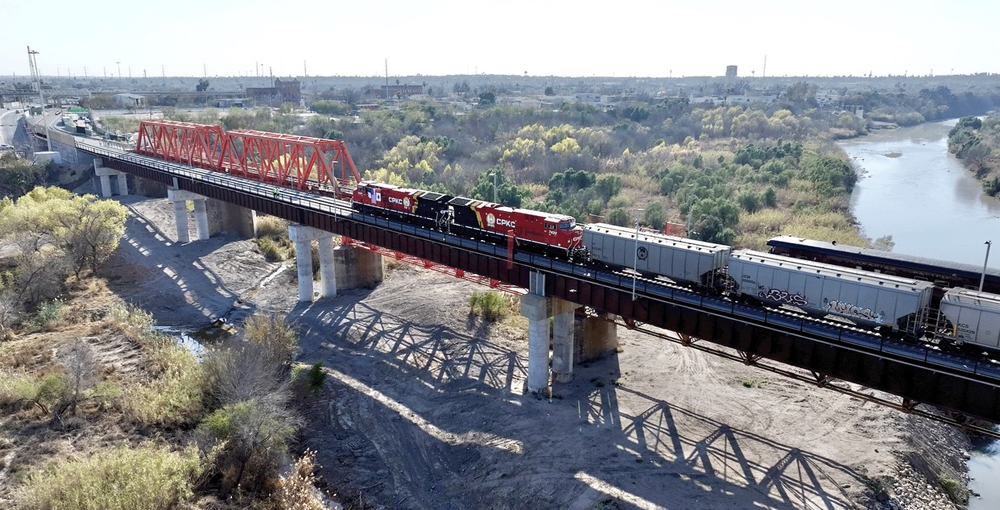
WASHINGTON — Canadian Pacific Kansas City’s merger-related traffic grew 18.8% during the six-month period covered in its latest report to federal regulators.
The July 15 report, which is required as part of the STB’s ongoing monitoring of the merger, covers the period from Nov. 1, 2024, through April 30 and compares traffic levels to the railway’s previous six months. Over the latest period, CPKC added 57,038 carloads and containers, up from 48,030 in the May through October 2024 period.
CPKC also touted traffic growth that it attributes indirectly to the 2023 merger of Canadian Pacific and Kansas City Southern.
“CPKC has found that the expanded network reach resulting from the combination continues to lead customers to view CPKC as a more attractive transportation service provider for an array of shipments that include those occurring entirely within the boundaries of either the pre-Transaction CP or KCS network,” the railway said. “In the aggregate, CPKC estimates that gains such as these that are indirectly attributable to the Transaction have driven significant additional growth for CPKC — approximately 51,000 carloads and 159,000 intermodal units during the Reporting Period.”
The merger also continues to drive increased competition among railroads, particularly for cross-border traffic moving between the U.S. and Mexico, CPKC said.
“CPKC has observed substantial volumes of intermodal traffic handled by intermodal intermediaries working with UP and BNSF shifting to the Eagle Pass gateway (and movement via Ferromex within Mexico) by virtue of the new services that these railroads developed in response to the CP/KCS combination,” CPKC said.
CPKC operates the largest rail gateway between the U.S. and Mexico, with its two Patrick J. Ottensmeyer International Bridges spanning the Rio Grande between Laredo, Texas, and Nuevo Laredo, Mexico.
The CPKC corridor to experience the largest growth by far was its route linking KCS points in Mexico with origins and destinations on the former CP network in the Midwest and Canada. In all, CPKC says this corridor handled 39,795 loads that were diverted from truck, came from extended hauls, represented new single-line traffic, or were the result of overall growth during the six months covered by the report.

“CPKC’s ability to attract new traffic in this corridor has benefitted from CPKC’s single-system service design initiatives, including CPKC’s MMX service, deeper run-through blocking,
and disciplined attention to service reliability in this corridor (including within Mexico), coupled with the broader market reach enabled by the Transaction,” CPKC said.
New traffic in this corridor included liquified petroleum gas moving from Western Canada to Mexico, wheat shipments from Minnesota and North Dakota to Mexico, and growth in intermodal traffic on the railway’s flagship Mexico Midwest Express trains 180/181.






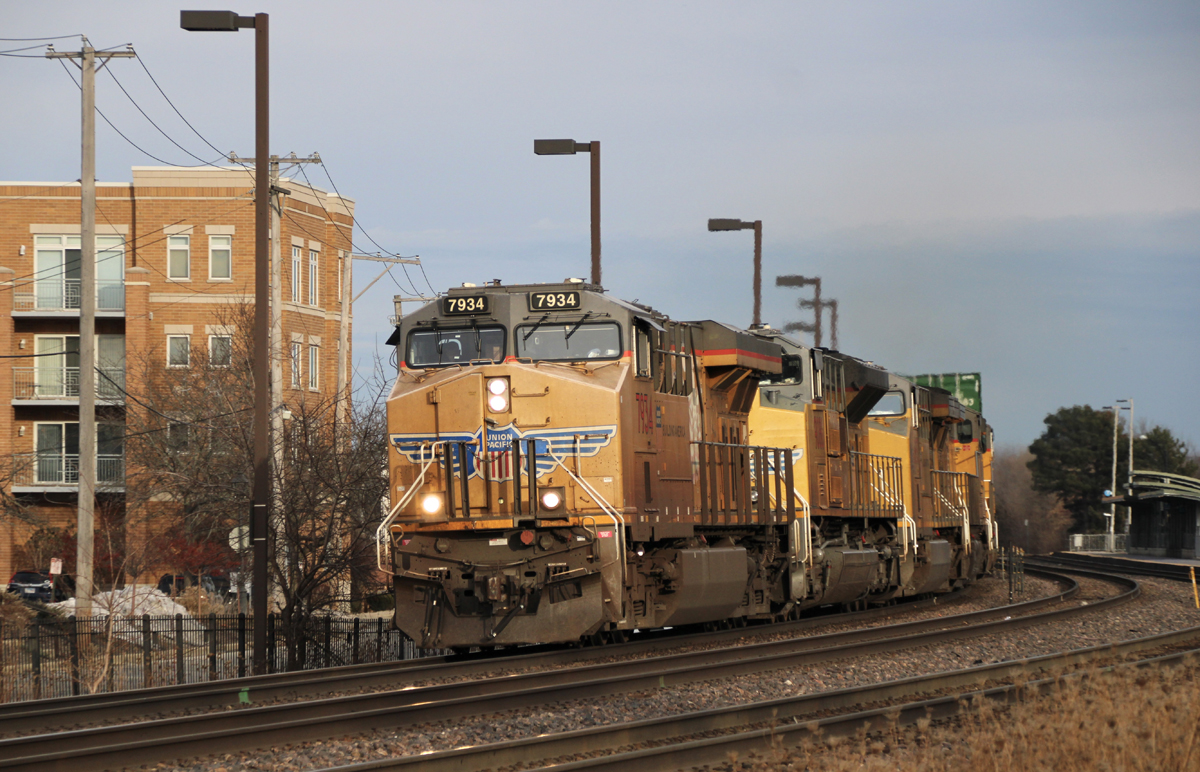
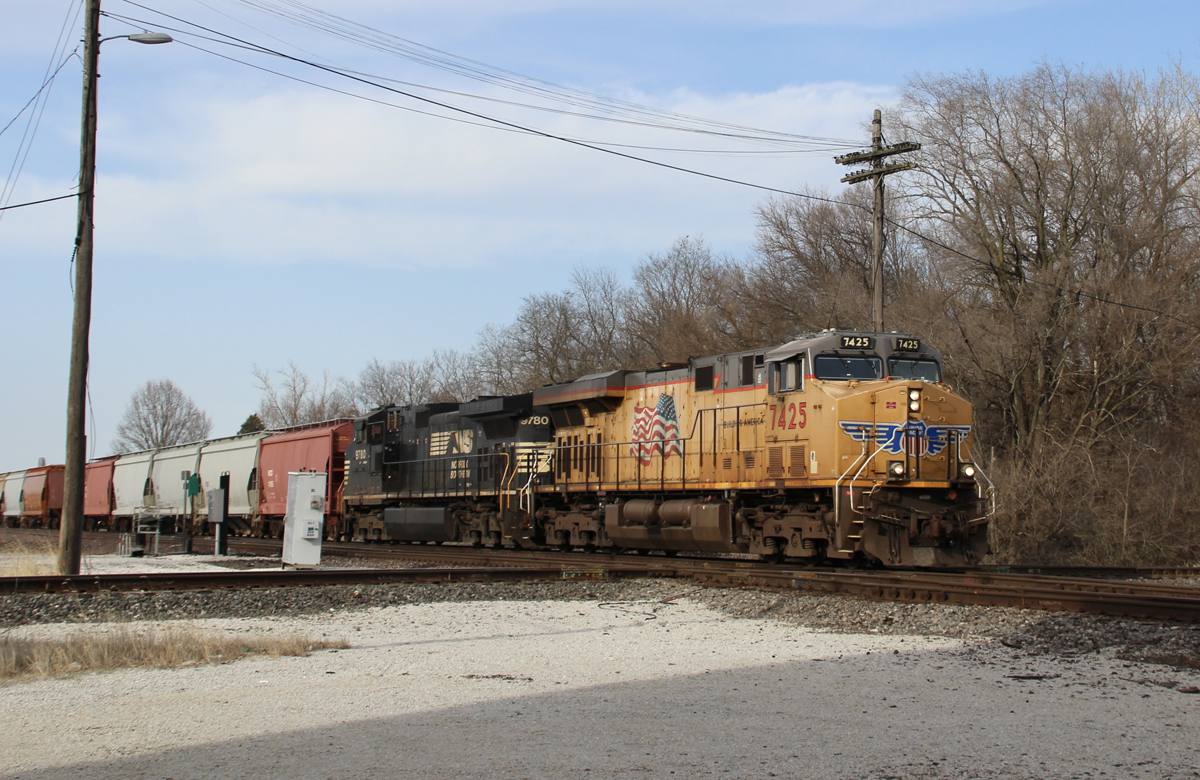
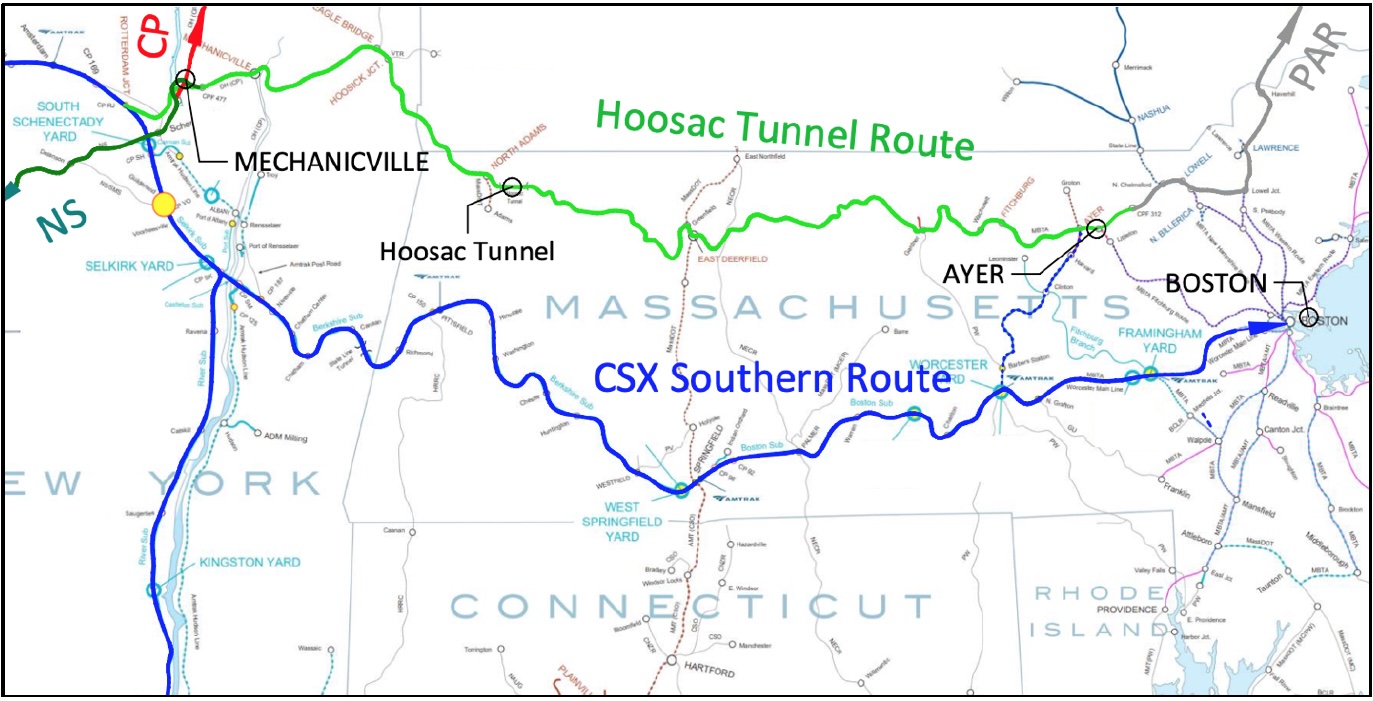
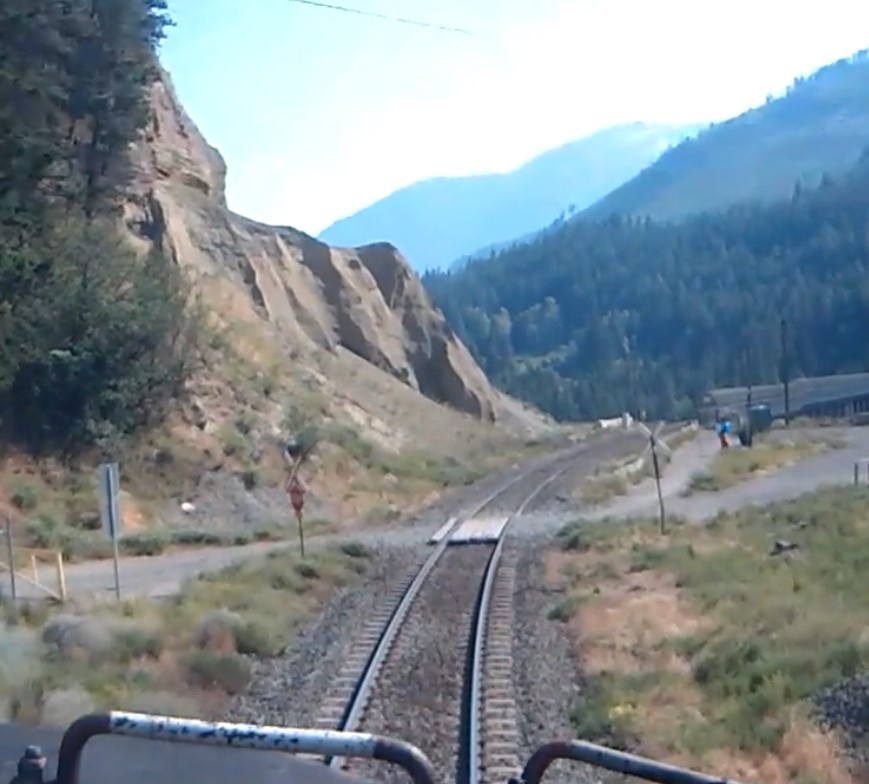
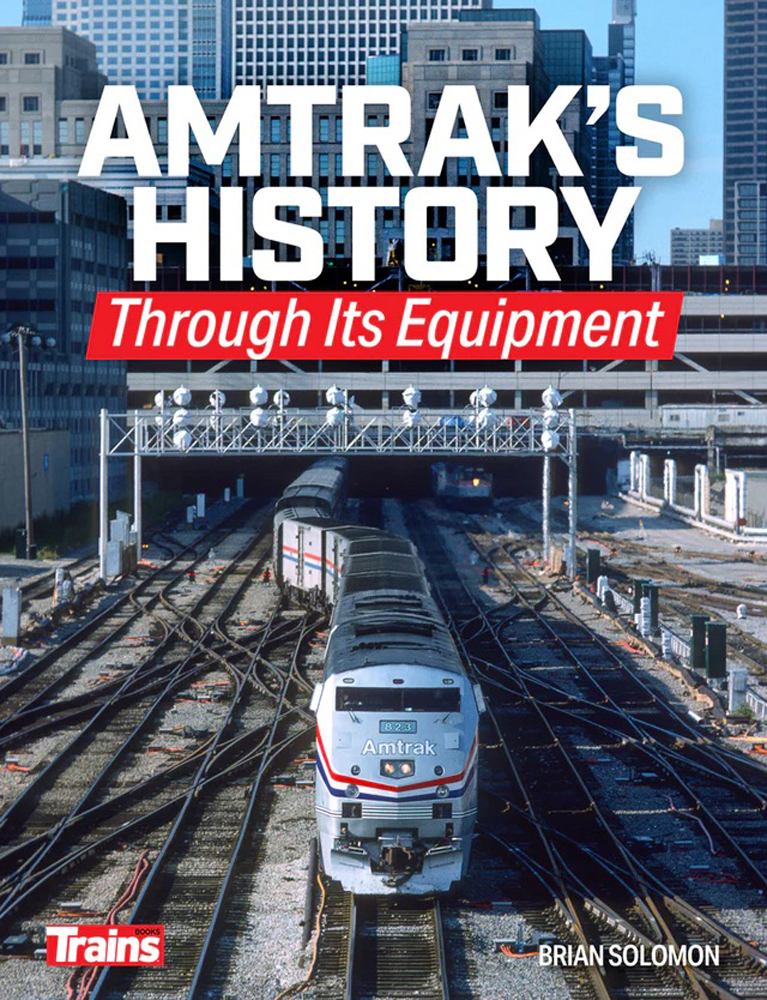
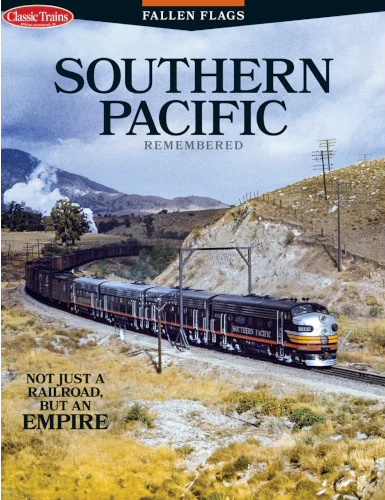

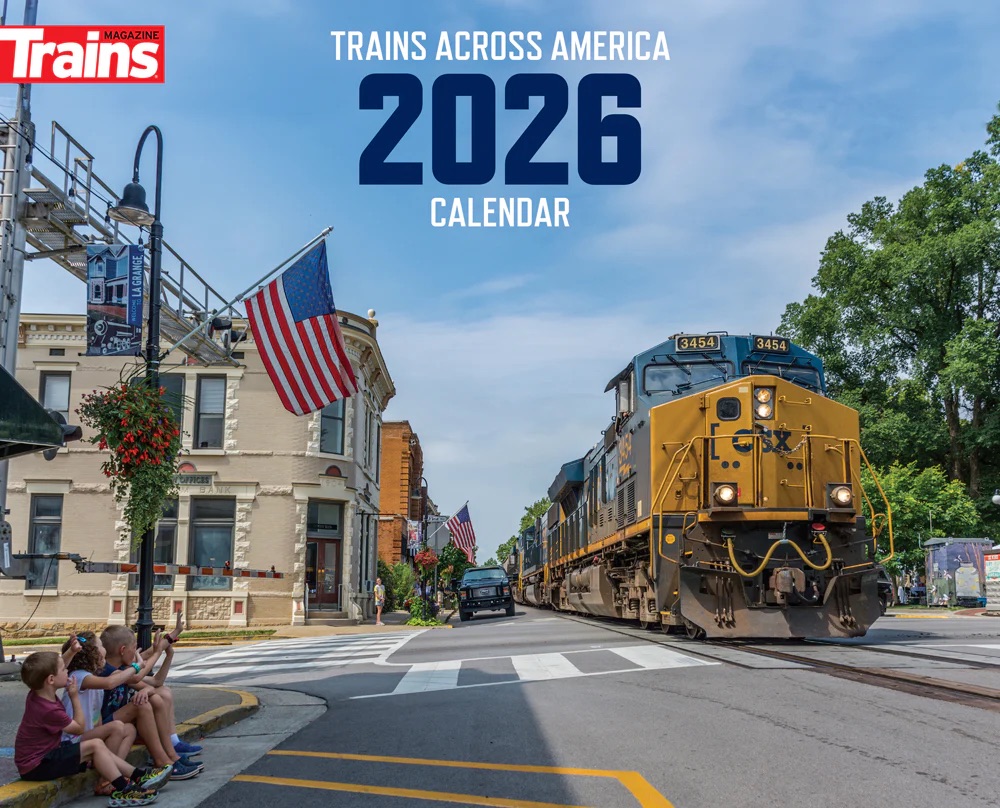
Also not mentioned is: So, did you make any money handling these cars? When your U.S. routes are longer and steeper than the competition, it costs more to operate over your railroad. It’s great to get business, but that business has to cover all the costs, including (in CPKC’s case) reimbursing other railroads for trackage rights costs in South Texas and east of Chicago. It also has to cover the $31 billion price tag CP paid to get KCS in the first place.
I find it interesting that CPKC is not only boasting about their own traffic growth, but about growth on other railroads as a result of the merger. I’d think most companies wouldn’t like to talk about how their competitors got stronger because of their own merger.
Especially when they paid 31 billion for the privilige and all it did was still keep them the smallest Class One… When you are the smallest, the only direction you can go is up…